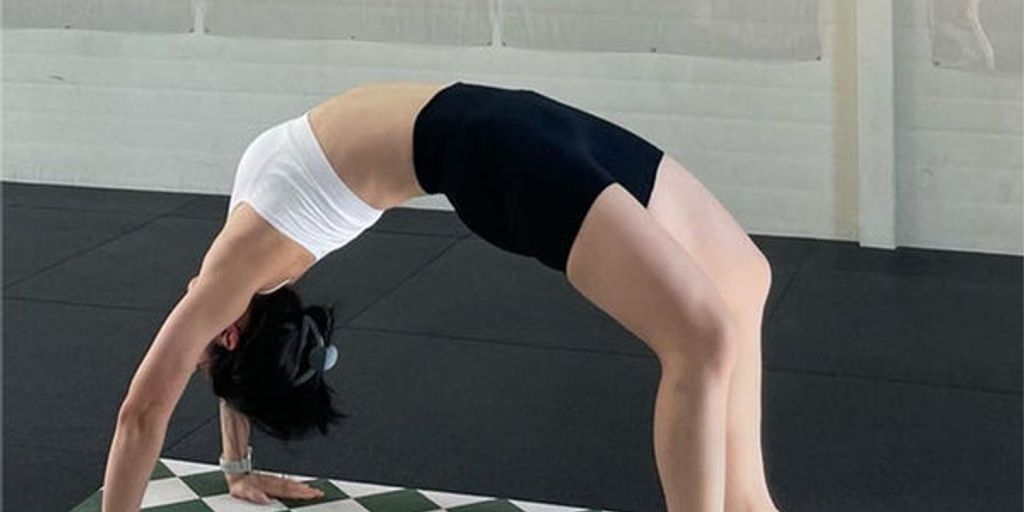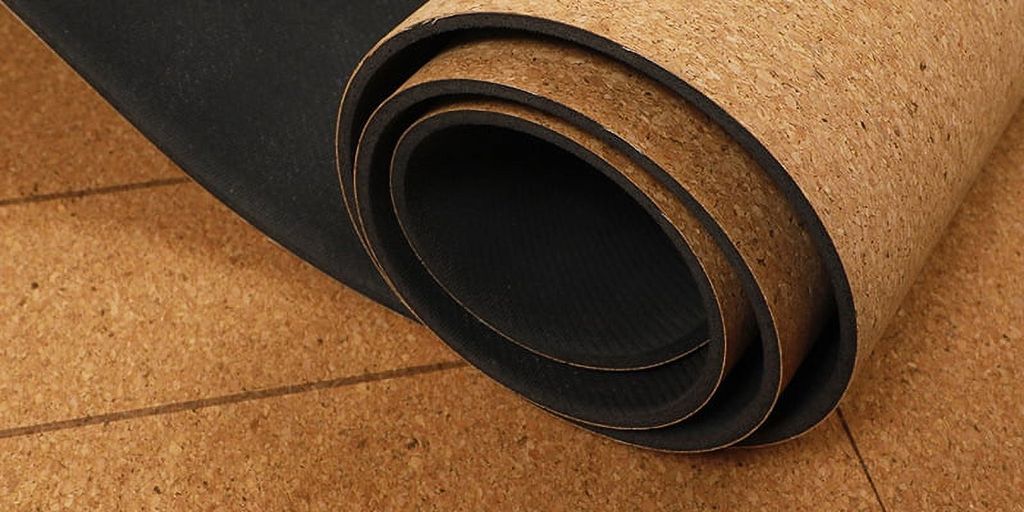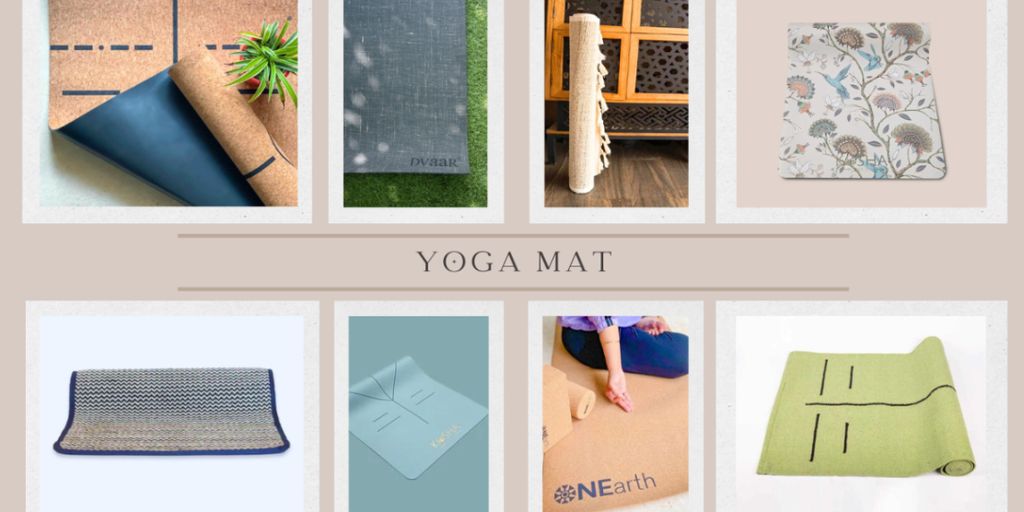
Finding the Best Yoga Mat for Hot Yoga: Expert Tips and Top Picks
Choosing the right yoga mat for hot yoga is super important. It can make a big difference in how well you do and how you feel during your practice. A good mat can help you avoid slipping, keep you comfortable, and even prevent injuries. In this article, we'll explore the key features to look for, the best materials, expert tips for taking care of your mat, and top-rated options to consider. By the end, you'll know exactly what to look for to find the perfect mat for your hot yoga sessions.
Key Takeaways
- The right yoga mat can improve your performance and comfort during hot yoga.
- Look for mats with good grip and traction to prevent slipping.
- Materials like natural rubber, PVC, and TPE are popular for hot yoga mats.
- Regular cleaning and proper storage can extend the life of your yoga mat.
- Consider budget-friendly, premium, and eco-friendly options when choosing a mat.
Why Choosing the Right Yoga Mat Matters for Hot Yoga
Impact on Performance
Choosing the right yoga mat can make a big difference in your hot yoga practice. A good mat helps you stay cool with the best hot yoga mat for intense workouts. It provides the grip and support you need to hold poses longer and with better form. This can lead to noticeable improvements in your performance.
Preventing Injuries
Using a mat designed for hot yoga can help prevent injuries. The right mat offers the right amount of cushioning and traction, reducing the risk of slipping or straining muscles. This is especially important in hot yoga, where sweat can make surfaces slippery.
Enhancing Comfort
A comfortable mat can make your hot yoga sessions more enjoyable. Look for mats that offer good cushioning and support. This can help you focus more on your practice and less on any discomfort. A well-chosen mat can elevate your practice with yune yoga.
Key Features to Look for in a Hot Yoga Mat
When choosing a yoga mat for hot yoga, it's important to consider several key features to ensure you get the best experience. Here are the main factors to keep in mind:
Material and Durability
The material of your yoga mat plays a big role in its performance and lifespan. Mats made from natural rubber, PVC, or TPE are popular choices. Natural rubber mats are eco-friendly and provide excellent grip, while PVC mats are known for their durability. TPE mats offer a balance between comfort and sustainability.
Grip and Traction
Grip is crucial for hot yoga, where sweat can make things slippery. Look for mats with a textured surface or those specifically designed to enhance traction. This will help you maintain your poses without slipping.
Thickness and Cushioning
The thickness of your mat affects both comfort and stability. A mat that's too thin might not provide enough cushioning for your joints, while one that's too thick can make balancing poses harder. Aim for a mat that's around 4-6mm thick for the best balance of comfort and support.
Remember, the right yoga mat can make a big difference in your practice, especially in hot yoga. Take the time to explore key factors like material, grip, and thickness to find the perfect mat for you.
Top Materials for Hot Yoga Mats
Natural Rubber
Natural rubber is a popular choice for hot yoga mats. It offers excellent grip and traction, which is essential when you're sweating a lot. This material is also eco-friendly, making it a great option if you care about the environment. However, natural rubber mats can be a bit heavy and may have a distinct smell when new.
PVC
PVC mats are known for their durability and affordability. They provide good cushioning and are easy to clean. However, PVC is not the most eco-friendly option, so it might not be the best choice for those looking for sustainable materials. PVC mats are often recommended for beginners due to their cost-effectiveness and ease of maintenance.
TPE
TPE, or Thermoplastic Elastomer, is a newer material in the yoga mat market. It combines the best features of both rubber and plastic. TPE mats are lightweight, durable, and offer good grip. They are also more environmentally friendly than PVC mats. If you're looking for a balance between performance and sustainability, TPE mats are worth considering.
When choosing a yoga mat, think about what matters most to you, whether it's grip, eco-friendliness, or cost. Each material has its own set of benefits and drawbacks, so choose wisely.
Expert Tips for Maintaining Your Hot Yoga Mat
Cleaning Techniques
Keeping your yoga mat clean is essential for both hygiene and longevity. After each session, wipe down your mat with a damp cloth and mild soap. For a deeper clean, you can use a mixture of water and vinegar. Regular cleaning helps prevent the buildup of sweat and bacteria, ensuring your mat stays fresh and safe to use.
Storage Solutions
Proper storage can extend the life of your yoga mat. Always roll your mat up loosely and store it in a cool, dry place. Avoid leaving it in direct sunlight or in the trunk of your car, as extreme temperatures can damage the material. Using a mat bag can also protect it from dust and dirt.
Longevity Tips
To make your mat last longer, rotate it regularly to ensure even wear. Also, avoid using lotions or oils before practice, as they can make the mat slippery and degrade the material over time. If you notice any signs of wear and tear, it might be time to start the search for a new mat to ensure you continue to practice safely.
Taking good care of your yoga mat not only enhances your practice but also saves you money in the long run by reducing the need for frequent replacements.
Top-Rated Yoga Mats for Hot Yoga
Finding the perfect yoga mat for hot yoga can be a game-changer. We found the 12 best yoga mats after testing 26 options. Here are some top picks to consider.
Budget-Friendly Options
If you're looking for a great mat without breaking the bank, the Gaiam Classic Solid 5mm Yoga Mat is a fantastic choice. Priced at just $30, it offers excellent grip and durability.
Premium Choices
For those willing to invest a bit more, the Jade Yoga Harmony Yoga Mat stands out. At $79, it provides superior traction and comfort, making it ideal for hot yoga sessions.
Eco-Friendly Picks
If sustainability is important to you, consider mats made from natural rubber or other eco-friendly materials. These options not only perform well but also help reduce your environmental footprint.
Choosing the right yoga mat can significantly enhance your hot yoga experience, providing the support and stability you need.
How to Test a Yoga Mat Before Buying
In-Store Testing Tips
When standing on a top-ranked yoga mat, you need some cushioning for your joints, but too much cushion is detrimental to your balance; try standing on one to see how it feels. Make sure the mat provides enough grip to prevent slipping, especially when you sweat. Roll and unroll the mat to check its durability and ease of use.
Online Shopping Advice
Read customer reviews to get an idea of the mat's performance. Look for detailed descriptions about the mat's material and thickness. Check if the seller offers a satisfaction guarantee or a trial period.
Return Policies
Before buying, understand the return policy. Some stores offer free returns, while others may charge a fee. Knowing this can save you from a bad purchase.
Testing a yoga mat before buying ensures you get the best fit for your needs, enhancing your hot yoga experience.
Before you buy a yoga mat, it's important to test it out. Check for comfort, grip, and durability. You want a mat that feels good and stays put during your practice. For more tips and to find the perfect mat, visit our website.
Conclusion
Finding the perfect yoga mat for hot yoga can make a big difference in your practice. With so many options out there, it's important to consider what matters most to you, like grip, thickness, and material. Remember, a good mat should keep you steady and comfortable, even when things get sweaty. Take your time to try out different mats and see which one feels right for you. With the right mat, you'll be able to focus more on your poses and less on slipping or discomfort. Happy practicing!
Frequently Asked Questions
Why is choosing the right yoga mat important for hot yoga?
The right yoga mat helps you perform better, prevents injuries, and makes you more comfortable during hot yoga sessions.
What materials are best for hot yoga mats?
Natural rubber, PVC, and TPE are some of the best materials for hot yoga mats.
How do I clean my hot yoga mat?
You can clean your hot yoga mat with a mixture of water and mild soap. Wipe it down after each use and let it air dry.
What thickness should I look for in a hot yoga mat?
A thickness of about 4 to 6 millimeters is usually good for hot yoga. It provides enough cushioning without making you feel unstable.
Are there eco-friendly yoga mats for hot yoga?
Yes, there are eco-friendly options made from natural rubber or other sustainable materials.
Can I test a yoga mat before buying it?
Yes, if you are shopping in-store, you can usually test the mat. For online shopping, check the return policy in case it doesn't meet your needs.


